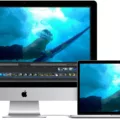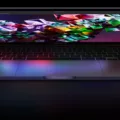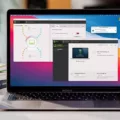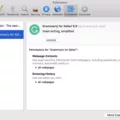Are you looking for ways to improve the graphics performance of your Mac? With the right settings and tweaks, you can get more out of your Mac’s hardware. This blog post will cover how to adjust graphics performance on macOS.
The first step is to open System Preferences. Select Energy Saver from the System Preferences Window and then disable Automatic Graphic Switching. If you want an even higher level of performance, select “Higher Performance” and click OK.
Another way to improve your Mac’s GPU performance is by using benchmark testing tools like Geekbench 5 and Novabench. Geekbench 5 allows you to test your Mac’s GPU performance with the Compute Benchmark and Novabench allows you to run a comprehensive system test that covers your CPU, RAM, and graphics card.
Finally, make sure that hardware acceleration is enabled in Safari settings. To do this, open Safari, go to Settings > Advanced, and ensure “Use hardware acceleration” is selected. With these settings enabled, your Mac should be running at its peak performance!
By making these simple adjustments, you can enjoy a much better graphics performance on your Mac! Keep in mind that these tweaks may not be suitable for all users – depending on your needs, some may be more or less helpful than others. As always, it is best to experiment with different settings until you find one that works best for you!
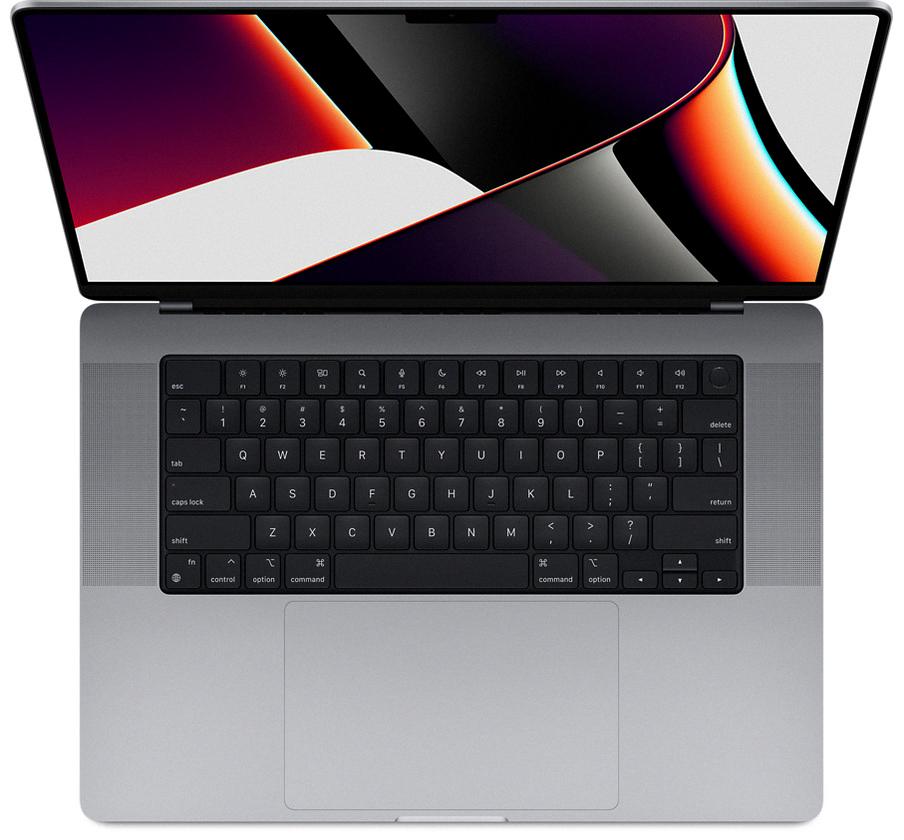
Accessing Graphics Settings on a Mac
To access the graphics settings on a Mac, you need to open System Preferences. To do this, click the Apple icon in the top-left corner of your screen and select “System Preferences” from the dropdown menu. Once in System Preferences, click on “Energy Saver”. This will open up a window that will allow you to adjust your graphics settings. From here, you can enable/disable Automatic Graphic Switching and select between higher or lower performance settings.
Improving Mac Graphics Performance
To improve your Mac graphics performance, you can turn off Automatic Graphics Switching in the Battery settings. To do this, click on the Apple menu in the top-left corner, then select System Preferences. In the sidebar, click on Battery and then select Options on the right. Uncheck the box next to “Automatic Graphics Switching” and this will ensure that your Mac always uses high-performance graphics. Additionally, you may want to consider updating your graphics card drivers or installing a dedicated GPU (Graphics Processing Unit). Finally, closing background applications that use a lot of resources may help free up some of your system’s processing power for graphics tasks.
Checking Mac Graphics
To check the graphics performance of your Mac, you can use the Geekbench 5 testing tool. To do this, launch the Geekbench app and select ‘Compute’ from the left-side menu. Click ‘Run Compute Benchmark’ to begin testing your Mac’s GPU performance. You can also use Novabench, a free tool that offers benchmark testing for your entire system, including your graphics, CPU, and RAM. To use Novabench, simply download the software and click ‘Start Test’ to initiate the benchmarking process. After both tests are completed, you will be able to view detailed results of your system’s performance.
Enabling GPU Acceleration on Mac
Enabling GPU acceleration on a Mac is easy. To do so, open the Safari browser, then click the Settings icon in the top-right corner. From the Settings menu, click Advanced at the bottom of the window. Within the Advanced settings, enable Use hardware acceleration. Once this setting is enabled, your Mac will use its GPU to render graphics and animations on webpages, providing a smoother browsing experience.
Are Macs Still the Preferred Choice for Graphic Design?
Yes, Macs are still the preferred choice for many graphic designers. This is due to their superior design capabilities and advanced features compared to PCs. The Mac operating system offers more intuitive design tools that allow graphic designers to create beautiful images quickly and efficiently. Additionally, Macs come with a variety of useful software packages such as Adobe Photoshop, Illustrator, and InDesign which are essential for any graphic designer. Furthermore, Macs feature stronger hardware components that make them capable of handling large image files without lag or slowdown. All these factors make Macs the ideal choice for graphic designers who need reliable performance and powerful tools to produce high-quality work.
Does My Mac Have GPU Hardware Acceleration?
If you want to know if your Mac has GPU hardware acceleration, you can check the Activity Monitor app. To do this, open the Activity Monitor app and select Window > GPU History. This will show you a graph of how hard the GPU in your Mac has been working over time. If your Mac is taking advantage of GPU hardware acceleration, you should see an increase in the graph as more tasks are being processed by the GPU. If not, then your Mac is not taking advantage of GPU hardware acceleration.
Forcing a Macbook Pro to Use a GPU
To force your MacBook Pro to use a GPU, you will need to open the System Preferences and go to the Energy Saver settings. Uncheck the option at the top labeled “Automatic graphics switching”. This will force your computer to always use the discrete graphics chips, regardless of power or performance requirements. Please note that this will likely cause your laptop to run hotter and significantly reduce your battery life.
Conclusion
In conclusion, Macs come with a variety of graphics performance settings to suit different needs. To adjust your Mac’s graphics performance, you can open System Preferences and select Energy Saver, disable Automatic Graphic Switching, and select the Higher Performance option. Additionally, you can test your Mac’s GPU performance with the Geekbench 5 testing tool or Novabench benchmarking software. Finally, make sure hardware acceleration is enabled in Safari settings under Advanced for optimal graphics performance on your Mac.



